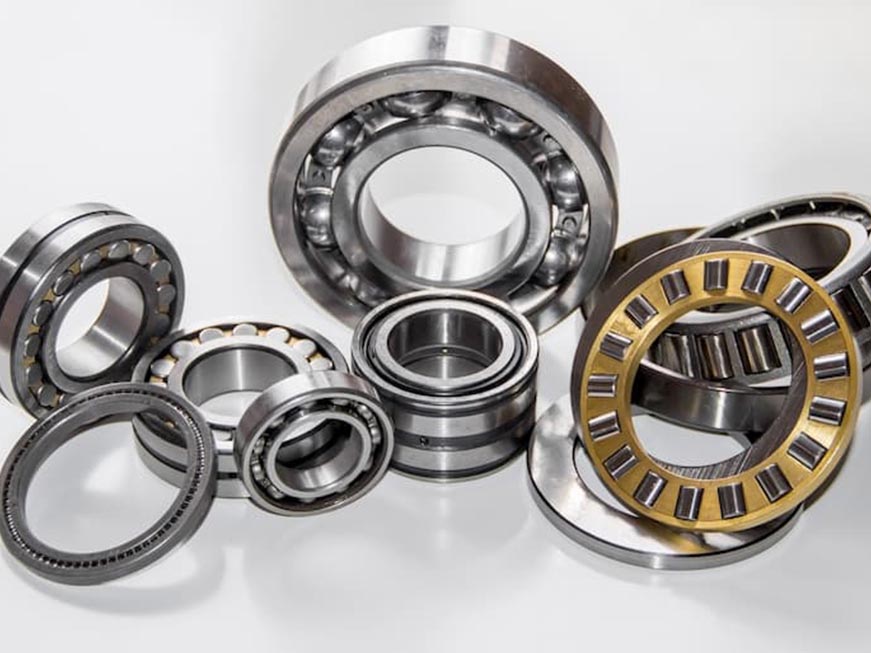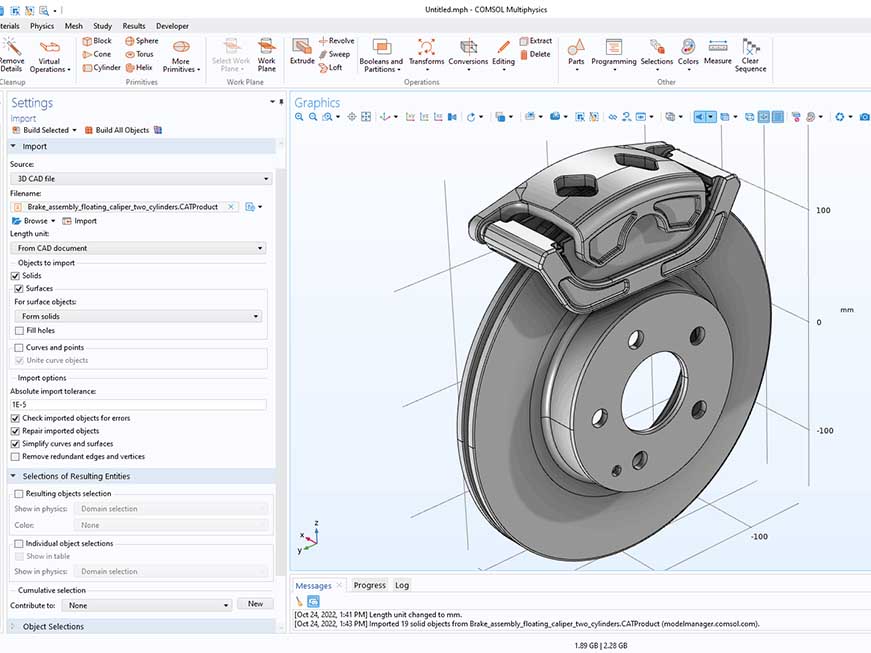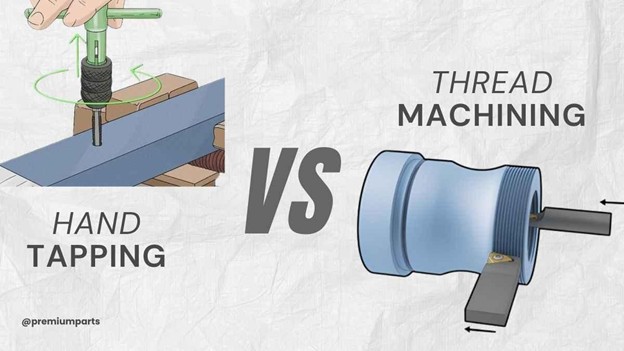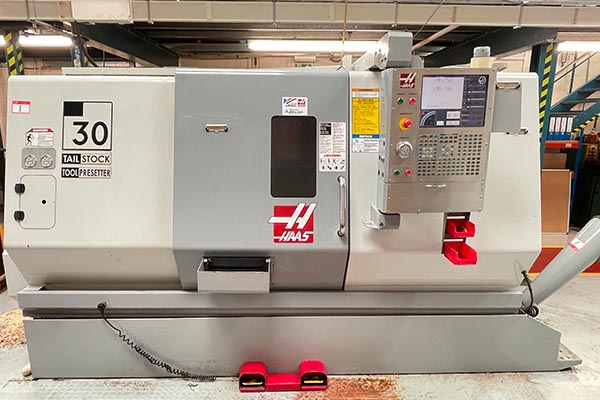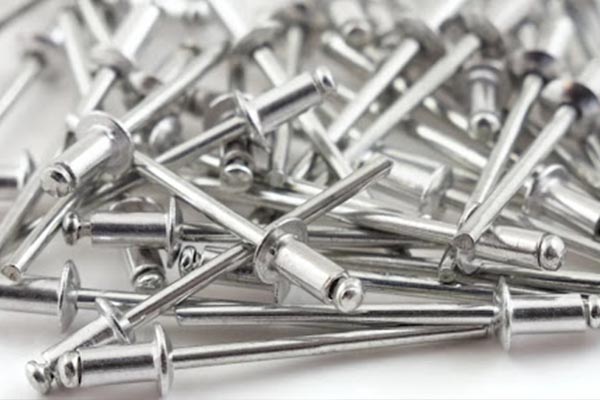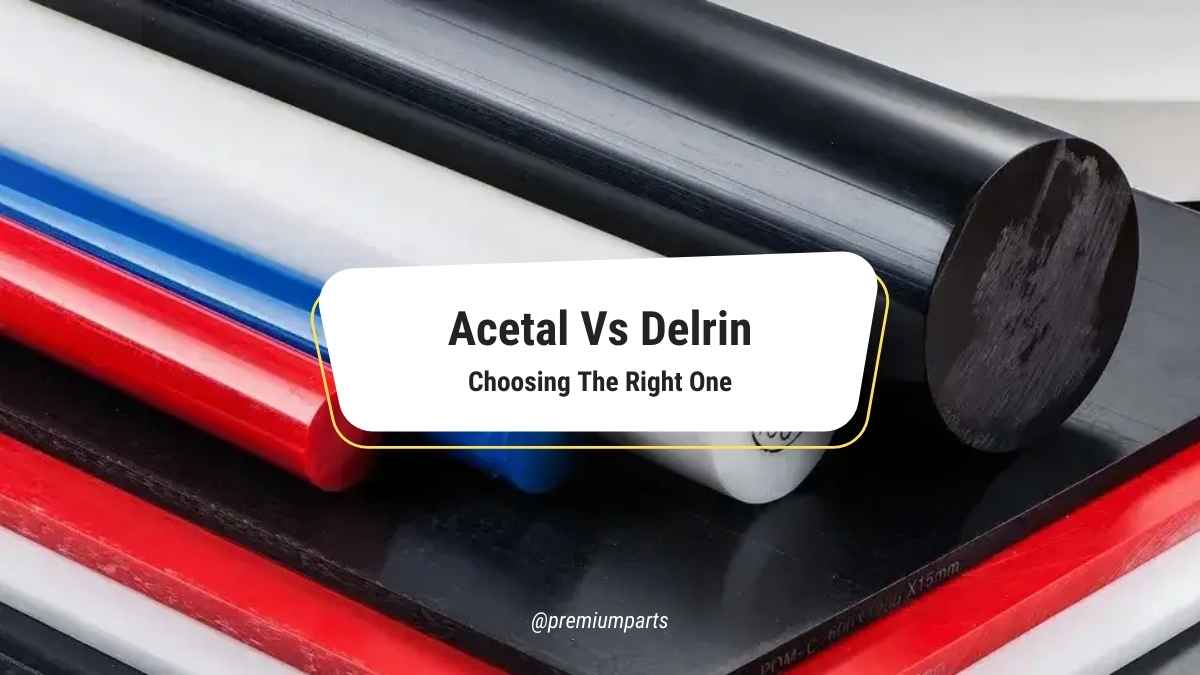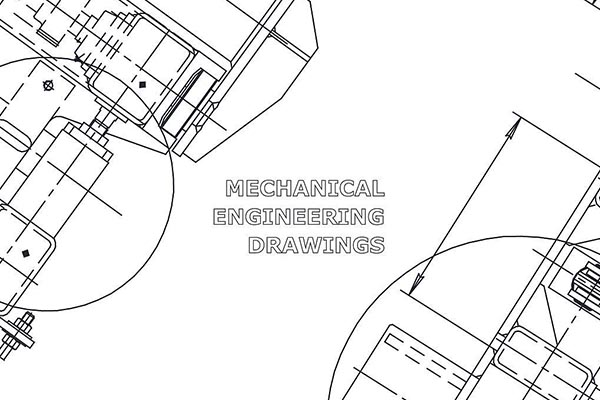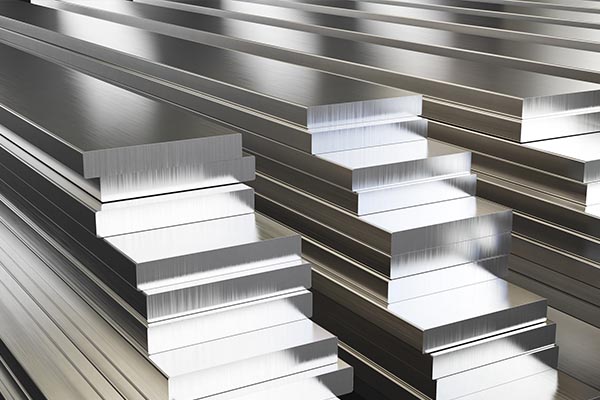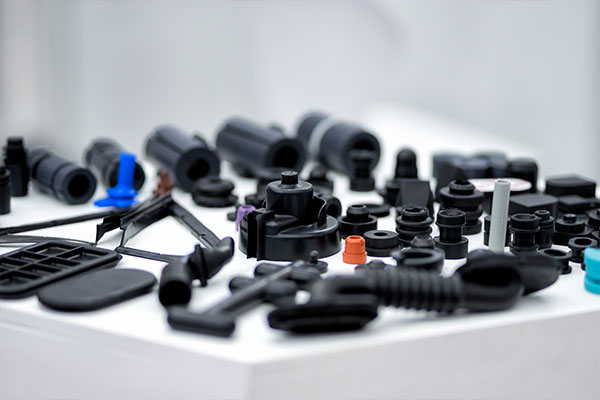Have you ever thought about why some molded parts have a smooth, mirror-like surface finish, while some are dull, imperfect, and rough? Why do plastic part manufacturers spend key time and resources on mold polishing? The reason lies in its direct impact on the finished product’s aesthetics, efficiency, and functionality. Any defects in mold can tend to inappropriate material flow, rough surface, and issue in parts ejection. Ultimately, it leads to an increase in part rejection and operation costs.
Don’t fret. We have a solution. Our mold polishing services eliminate such concerns by smoothening the mold surface and confirming the accurate material flow. A properly polished mold reduces imperfections and friction and improves parts transparency. Moreover, it increases the life span of mold. By utilizing the right techniques, manufacturers can get high-quality and consistent results across various industries.
In this article, we will be looking deeper into injection mold polishing. We’ll explore polishing methods, importance, industry standards, challenges, and modern techniques that are changing the future of mold operation. Whether you’re a machinist, engineer, or manufacturer, this guide will help you achieve high mold performance for desired results.
What Is Mold Polishing in Plastic Injection Molding?
Mold polishing makes mold surfaces smoother without blemishes through a final treatment process. The process smooths out machining lines while lowering surface texture and extending the mold’s life. Mold polishing remains the main step before plastic injection molding begins because surface quality affects the finished product.
Why Is It Important?
Polishing both enhances part appearance and helps avoid defects while making the ejection of parts from mold easier. When a mold surface is well polished, it moves the product out easily and keeps the material from sticking to it. Besides, polishing stops welding lines and flow marks from developing on the surface, which makes parts more uniform. High-gloss finishes are necessary for the production of optical parts, medical devices, and consumer goods.
Several Factors Shaping the Outcome of Mold Surface Treatment
Surface quality results from a combination of mold material selection, polishing process type, and abrasive selection. Diamond lapping technology is necessary to polish stainless steel and other difficult metals. The type of abrasive material we select between grinding stones and diamond pastes determines surface smoothness. The success of polishing depends on how well environmental conditions match with temperature and humidity levels.
Moreover, the optimal mold polishing helps make precise parts while speeding up production and keeping the mold working longer. Manufacturers need to select the best polishing method according to what material they use and what the part needs to do. Machinists and engineers must account for these factors to reach the best injection molding outcomes.
Surface Finish Standards for Mold Polishing
Mold polishing needs standardized surface finish classifications to produce consistent results. Industry standards used in plastic manufacturing include the Society of the Plastics Industry and Verein Deutscher Ingenieure. These standards set clear finish benchmarks that affect part surface quality and operational performance.
Industry Standards: SPI and VDI
SPI divides surface finishes into levels A1 through D3, which represent mirror quality to rough matte appearance. The standard shows how to polish by hand or machine using diamond tools plus sandpaper and grit jet. The VDI system gives parts VDI numbers. These numbers match their Ra surface roughness values from 12 to 45. In general, these standards are applicable across automotive and consumer product production.
How do Finish Grades Impact the Molded Parts?
The surface finish determines the level of part gloss and how well materials move while reducing sliding friction. SPI A1 finishes with their high gloss shine work best for plastic lenses, but VDI grades bring better grip and touch feel to consumer electronics components. A suitable surface finish helps the mold release parts smoothly and service longer-lasting.
Comparison Table: SPI vs. VDI Finish Grades
| SPI Finish | Process | Ra (µm) | VDI Equivalent |
| A1 | Diamond Polishing | 0.012–0.025 | VDI 12 |
| A2 | Fine Diamond | 0.025–0.050 | VDI 15 |
| A3 | Medium Diamond | 0.050–0.100 | VDI 18 |
| B1 | Fine Sandpaper | 0.100–0.150 | VDI 24 |
| B2 | Medium Sandpaper | 0.150–0.200 | VDI 30 |
| B3 | Coarse Sandpaper | 0.200–0.300 | VDI 36 |
| C1 | Stone Polishing | 0.350–0.400 | VDI 39 |
| C2 | Coarse Stone | 0.400–0.500 | VDI 42 |
| C3 | Rough Blasting | 0.500+ | VDI 45 |
Standard Types of Injection Mold Polishing
Polishing a mold helps create uniform surface finishes in plastic injection molds. It makes parts look better and lasts longer while letting products come out smoothly. The choice of polishing techniques depends on the material type, part design, surface needs to be achieved, and production factors.
Type 1: Mechanical Polishing
Mechanical polishing involves grinding stones, sandpaper, and felt wheels as abrasives. The polishing process uses different grit sizes, starting with 100-200 grit and ending with 3000 grit. Specialized diamond pastes of various coarseness help achieve top-quality surface gloss. The strategy effectively removes machining marks on aluminum and steel molds. However, the process needs experienced workers and usually takes more time to polish hard-to shape metal structures.
Type 2: Chemical Polishing
Surface irregularities disappear when controlled chemical reactions take place in the polish. The mold undergoes treatment at 50-70°C by submerging it in nitric acid (HNO₃) or hydrofluoric acid (HF) solutions. Generally, complex molds and deep cavities receive even polishing, which avoids mechanical stress. The process faces issues when used with certain materials and presents safety risks.
Type 3: Electrolytic Polishing
Electropolishing uses electricity to refine mold surfaces during an electrochemical treatment. A mold functions as an electrical anode. While an electrolyte solution removes micro-roughness when electricity from 5 to 20 volts is applied. Electroplating usually operates between 60-80 degrees Celsius to create corrosion-resistant surfaces with a high shine and minimal roughness of Ra 0.1 micrometers. Specialized tools are needed for polishing stainless steel molds. On the downside, it cannot work on deep cavity areas.
Type 4: Ultrasonic Polishing
Ultrasonic polishing uses high-frequency vibration waves from 20 to 40 kHz to remove surface flaws. Our vibrating tools shape smooth, detailed designs with less effort. UP works optimally for steel that requires polishing at small dimensions but struggles with big, flat surfaces. Higher costs associated with specialized equipment and startup investments make the Ultransoni polishing difficult to set up.
Type 5: Diamond Polishing
Polished diamonds create perfect reflections by grinding against diamond powders or pastes. The process starts with rough diamonds at 6 to 9 micrometers and progresses to ultra-fine diamonds at 0.1 to 0.25 micrometers. Manufacturers most frequently adopt it to achieve high-gloss finishes for lens and medical part production. On the downside, it demands high initial expenditures and effort for regular industrial mold production.
Comparison of Polishing Methods
| Method | Key Advantage | Best Use Case | Limitations |
| Mechanical | Cost-effective, widely used | General mold finishing | Time-consuming, requires expertise |
| Chemical | Uniform finish, no stress | Intricate mold geometries | Limited material compatibility |
| Electrolytic | High-gloss, corrosion-resistant | Stainless steel molds | Requires controlled environment |
| Ultrasonic | Precision polishing reduces fatigue | Complex geometries | Needs special equipment |
| Diamond | Mirror-like finish, high durability | Optical and glossy parts | Expensive, slow process |
The choice of the right mold polishing technique depends on the mold material type, part specifications, and production requirements.
Achieving high accuracy sounds easy. Right? But it requires expertise. At Premium Parts, we offer polishing molds for all applications. If you have any queries, reach out to our team of professionals or visit Premium Parts to discuss your queries and get the best for all your concerns.
Key Challenges in Mold Polishing
The quality and speed of mold polishing face multiple challenges that require effective solutions. Here, we listed some of the common challenges involved in mold finishing processes.
Surface Defects and Prevention
When you employ incorrect abrasives or uneven force during polishing, you will be left with sink marks on the mold. Using different grits of abrasives together and applying equal force will help you mitigate these problems. By controlling the polishing area, you can minimize the chance of dirt entering the space and causing surface damage.
Over-Polishing and Dimensional Accuracy
Polishing too long can alter mold size. It may cause parts to not fit properly. A structured polishing plan combined with material removal tracking can stop the polishing process from going too far. Operators need to choose and use accurate polishing equipment to avoid unnecessary polishing cycles.
Material Sensitivity and Proper Techniques
Aluminum metal needs precise polishing methods with gentle pressure because it marks the surface quickly. Diamond pastes integrated with small grain sizes protect surfaces. You must pick the right polishing technique to match the material properties to obtain superior results.
Maintenance Strategies for Extended Mold Life
Routine upkeep stops defects and keeps mold tools operational longer. Regular mold cleaning removes the dirt. Moreover, it damages the surface during production runs. The use of protective coatings avoids oxidation development, while regular checks help find small damages before they become repair expenses.
What Are The Advanced Technologies in Mold Polishing
Modern mold polishing procedures deliver more reliable and accurate outcomes. These updates cut down on manual intervention and create smoother surfaces.
CNC-Assisted Polishing for High Precision
The CNC system makes surface finishing easier. Since it controls polishing tools to produce endings. CNC polishing helps in the production of precision parts through better performance and standardized results.
Laser Polishing for Micro-Scale Finishing
A laser beam melts and reforges the mold surface to achieve fine smoothing. It achieves exact results while preserving the material and strengthening the surface texture. The technique works best for optical and medical molds.
Robotic Polishing for Large-Scale Production
Robotic polishing systems with multiple movement arms help polish different parts of complex mold surfaces. The system applies equal or uniform pressure to signify quality output while speeding up production. It finds extensive use in automotive and aerospace production because it delivers excellent results on larger mold components.
Polishing systems today make molds stronger and last longer. Beyond that, it speeds up production and eliminates the need for extensive labor. These methods need to be adopted because automated systems will require them soon to stay competitive in manufacturing settings.
Best Practices for Injection Mold Polishing Processes
To get a perfect mold surface, you need the right approach, plus steady repetition and technique. Here are the best practices to produce better quality parts while prolonging mold life and saving huge production costs.
Select the Appropriate Abrasives and Tools for the Work
First of all, you need to choose specific abrasives to obtain a polished surface. Begin with rougher grinding stones and sandpaper to eliminate machining marks. Move from coarse to fine abrasives, then use diamond paste to produce a perfect mirror shine. Special polishing tools, including felt wheels and rotary polishers, help keep component surfaces level.
Follow Expert’s Guidance on the Polishing Process
A planned polishing system protects the mold from damage and excessive polishing. Use low-grit abrasives to initiate polishing. Move from coarse to fine polishing tools while keeping uniform pressure on job materials. Apply smooth strokes when polishing to prevent surface damage.
Control Polishing Pressure and Speed
High pressure application during polishing can break the mold material and alter its shape. Keep a gentle and constant pressure to maintain mold precision. Retain the polishing tool, moving at an even pace to stop heat buildup. Otherwise, it may bend or tarnish your mold.
Maintain a Clean Polishing Environment
Polishing tools that pick up dust and oil affect the results of your work. Maintain your work space clean to avoid any contaminants. Swap out polishing tools for fresh ones and clean them to protect the surface.
Inspect and Maintain Mold Regularly
Standard equipment inspections reveal small surface problems like tool wear. To stop rust formation, you must use protective materials that cover your surfaces. Besides, clean your molds regularly and apply lubrication to make them last longer.
Summary
Injection Mold Polishing processes are essential to validate smooth and defect-free parts. Manufacturers can improve product quality and efficiency by the right polishing selection and application. Accurate polishing investments create two prime benefits: they lower maintenance needs and improve mold performance while cutting downtime.
As technology upgrades, automated polishing methods like laser, CNC, and robot-based polishing are making new benchmarks in this domain. Adopting these techniques can significantly increase the operation’s performance and output.
If you’re looking for high-end mold finishing or accurate manufacturing of your parts, Premium Parts is the right place to come. Our advanced manufacturing techniques and expert team confirm high performance and flawless results. Get in touch today to bring your ideas into reality.
FAQs
Q1: What makes mold polishing essential during injection molding operations?
Polishing molds helps create better parts and makes release easier while maintaining long-term useability.
Q2: What effect does mold surface finish have on the finished plastic product?
A polished surface improves appearance while decreasing product failures and making material run better.
Q3: What types of abrasive tools do mold polishes prefer to use?
People commonly use diamond paste, sandpaper, polishing stones, and lapping compounds for their polishing needs.
Q4: Can over-polishing damage the mold?
The extra polish changes the mold dimensions and reduces its measurement accuracy.
Q5: What steps should production companies take to avoid polishing defects?
You need to pick suitable abrasives and stick to specific handling procedures when applying consistent pressure to get good results.
Q6: What does laser polishing mean, and when do service providers use it?
The laser polishing method uses heat to melt and reshape surfaces at small scale levels for optical component production.


